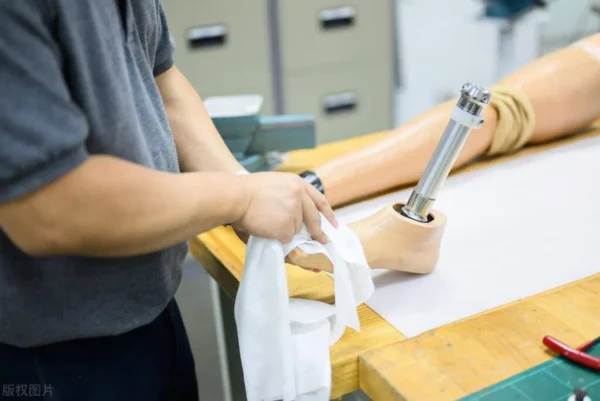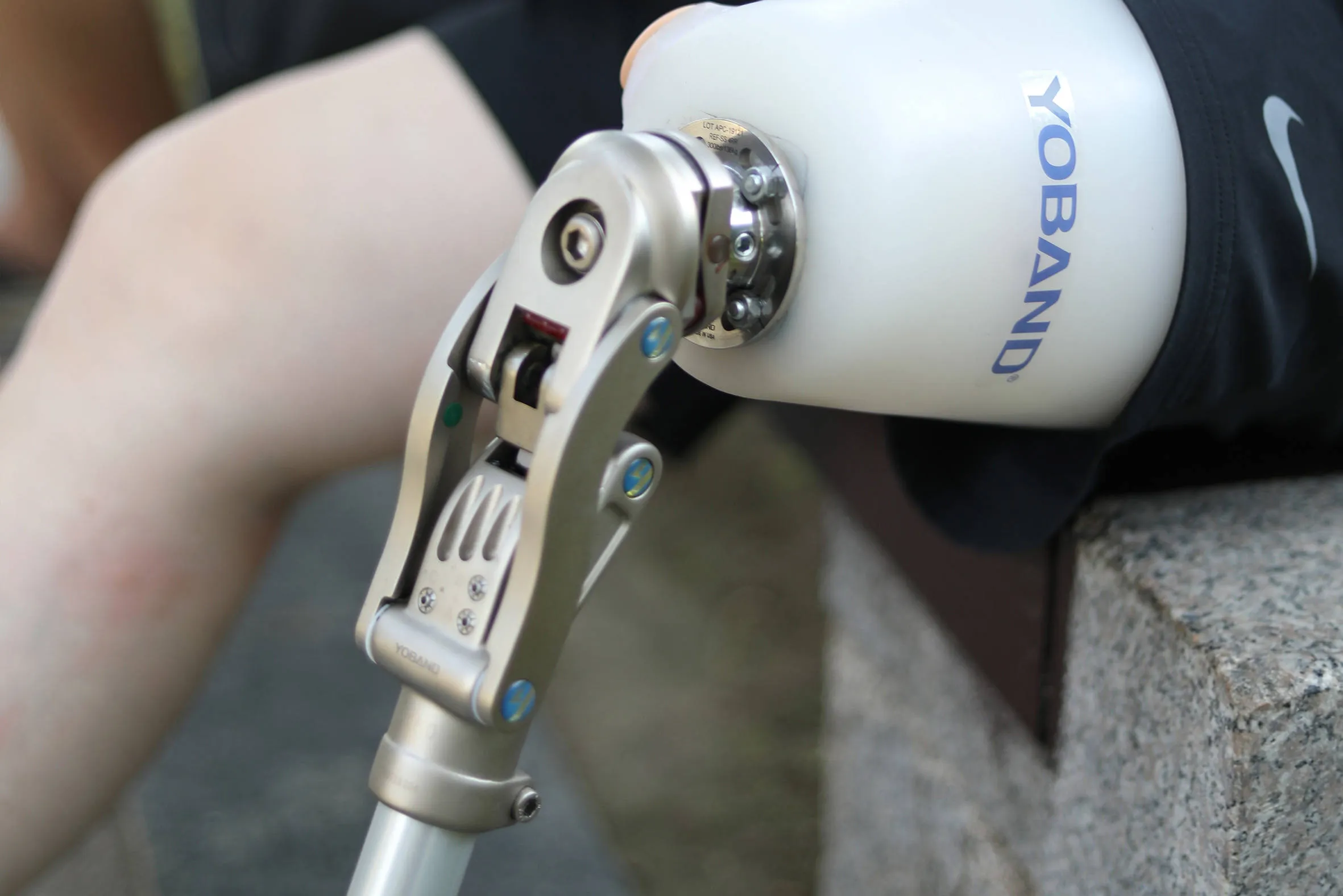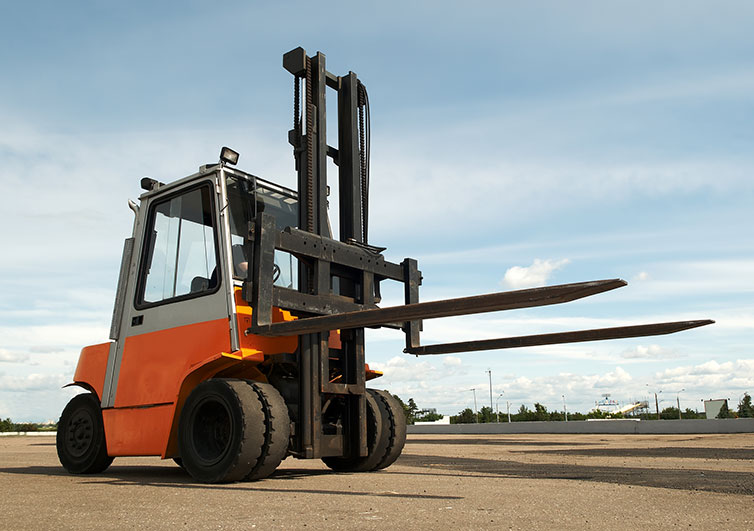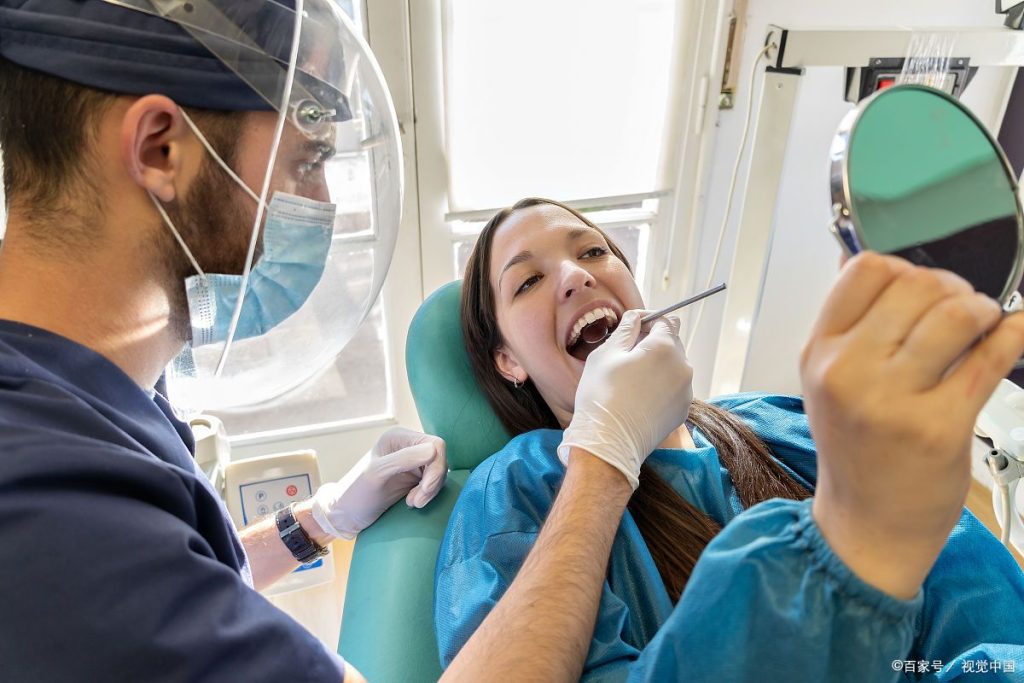Key Questions Therapists Ask Prosthetists for Collaborative Patient Care
Effective collaboration between therapists and prosthetists is crucial for successful prosthetic rehabilitation. This interdisciplinary partnership ensures patients receive comprehensive care addressing both physical and functional needs. Therapists typically initiate targeted questions to optimize prosthetic integration and patient outcomes.
Initial Assessment & Fitting Phase
During early rehabilitation, therapists focus on foundational prosthetic considerations:
- “What socket design was selected and why?” – Therapists need to understand pressure distribution to prevent skin breakdown during therapy.
- “How does the suspension system work?” – Knowledge of suction, pin lock, or harness systems informs donning/doffing training.
- “Are there specific weight-bearing restrictions?” – Critical for developing safe weight-transfer protocols during early mobilization.

Functional Alignment & Movement Analysis
Therapists analyze biomechanics through questions like:
- “How is prosthetic alignment affecting the patient’s gait deviations?” – Correlates observed limping or vaulting with potential prosthetic adjustments.
- “Can we modify the foot/ankle components for uneven terrain training?” – Addresses real-world functional goals beyond level surfaces.
- “Does the knee mechanism support variable walking speeds?” – Essential for community ambulation safety and fall prevention.
Comfort & Tissue Integrity Concerns
Therapists act as frontline observers for comfort issues:
- “Where are high-pressure areas in the socket?” – Helps identify potential trouble spots before skin breakdown occurs.
- “How should volume fluctuations be managed?” – Guides socket adjustment strategies for residual limb changes.
- “What signs indicate urgent socket modification needs?” – Establishes red flags like persistent red areas or pain.

Activity-Specific & Long-Term Use
Therapists explore performance capabilities through questions such as:
- “What are this component’s durability limitations for high-impact activities?” – Supports safe return to sports or occupational demands.
- “How does prosthetic maintenance impact functional independence?” – Informs patient education on cleaning and component checks.
- “What future technological upgrades might benefit this patient?” – Facilitates long-term planning for evolving needs.
Psychosocial & Lifestyle Integration
Therapists bridge technical and human factors with questions like:
- “How can we simplify prosthetic use for patients with cognitive challenges?” – Adapts training for those with additional impairments.
- “What cosmetic options exist to address body image concerns?” – Supports psychological adjustment alongside physical rehab.
- “Are there peer resources for new amputees using similar components?” – Enhances community reintegration support.
Why This Collaboration Matters
Regular therapist-prosthetist communication prevents complications like falls, skin breakdown, and device abandonment. Studies show coordinated care improves prosthetic wear time by 40% and functional outcomes by 65%. Therapists’ movement expertise combined with prosthetists’ technical knowledge creates patient-centered solutions addressing:
- Biomechanical efficiency
- Pain reduction
- Psychosocial adaptation
- Long-term functional independence
Successful rehabilitation requires ongoing dialogue between these specialists. Monthly team meetings and shared documentation systems ensure consistent care approaches. This collaboration transforms prosthetic devices from mechanical tools into integrated extensions of the patient’s body and identity.



